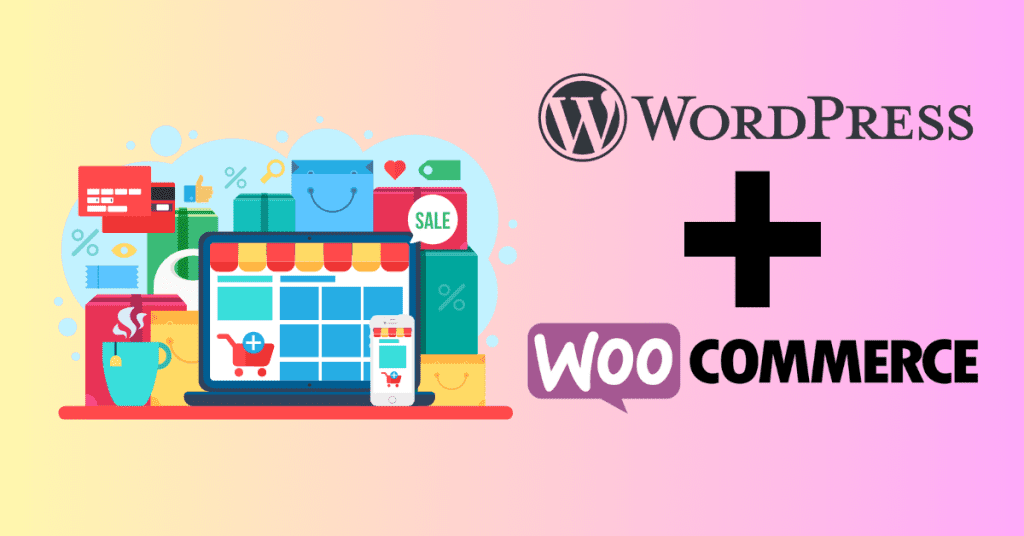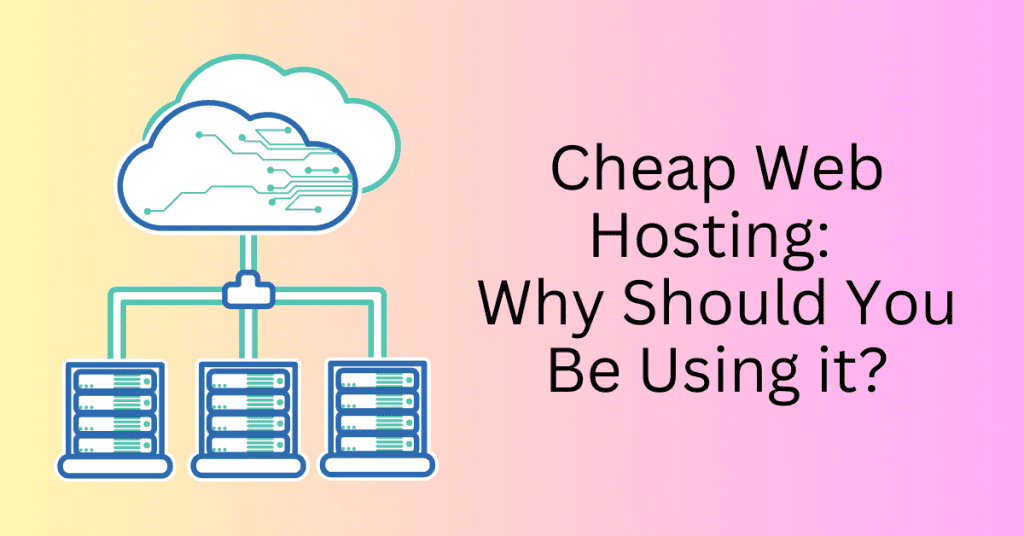Launching an online clothing store holds considerable profit potential, even with minimal initial investment. However, the landscape is highly competitive, given the accessibility for anyone to enter the market. To thrive, it’s imperative to meet user expectations, establish brand distinctiveness, and manage costs efficiently.
With the availability of different tools and fulfilment methods, anyone can start and venture into retail fashion, but success depends on well-defined business models, effective website design, and strategic marketing approaches.
In this comprehensive guide, you will gain insights into the fundamental factors that can either make or break your venture. Learn the essential steps to start and launch an online clothing store, effectively target a profitable market, and systematically increase sales without breaking the bank. The guide will equip you with the knowledge to leverage unique selling points, craft compelling brand narratives, and employ cost-effective promotional techniques.
Why Starting An Online Clothing Store
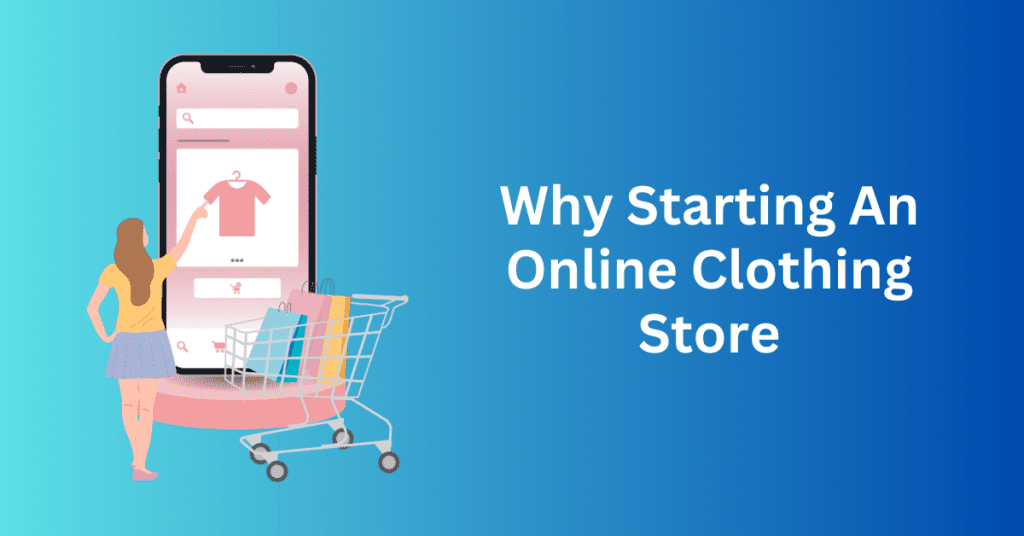
Starting an online retail fashion business in today’s digital age offers numerous advantages and opportunities for entrepreneurs. One key advantage is the accessibility to a global market. Unlike traditional brick-and-mortar stores, an online fashion store allows businesses to reach customers beyond geographical boundaries.
With the ability to showcase products to a diverse and widespread audience, entrepreneurs can tap into a larger customer base, increasing the potential for sales and brand recognition.
Moreover, the online retail fashion industry benefits from the convenience it provides to both businesses and consumers. E-commerce platforms enable customers to browse and shop at any time, from the comfort of their homes or on the go through mobile devices. This convenience factor enhances the overall shopping experience and encourages repeat business.
For entrepreneurs, the online model reduces overhead costs associated with physical storefronts, such as rent, utilities, and staffing. Additionally, the flexibility of online retail allows for easy adaptation to changing market trends, enabling fashion businesses to stay agile and responsive to consumer demands.
Overall, the digital landscape provides a dynamic and scalable platform for entrepreneurs to establish and grow a successful online retail fashion business.
How to Start A Clothing Store Online
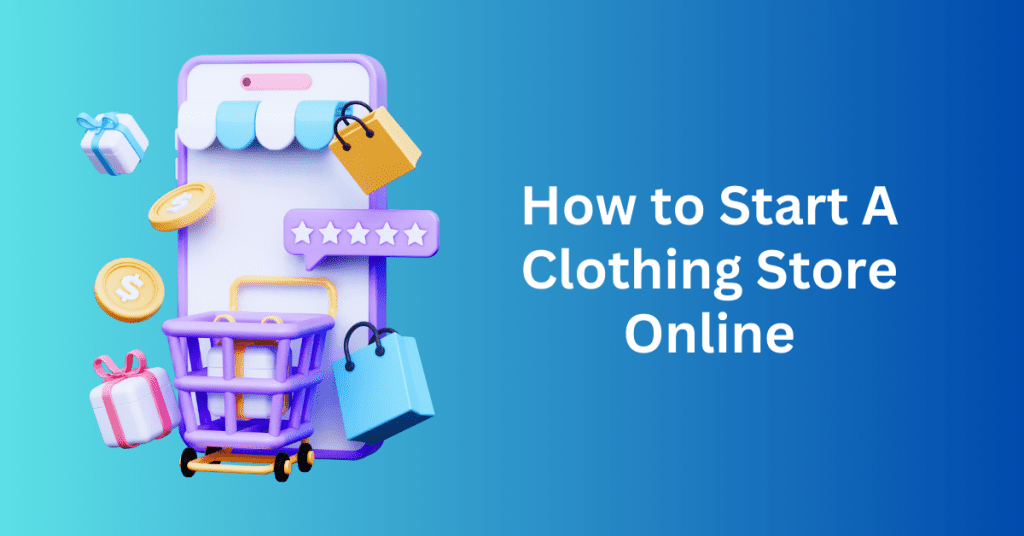
Starting an online is easy nowadays. There are different platforms and tools that you can leverage to start your business with minimal skill and investment.
For instance, dropshipping and print-on-demand models allow you to start your business without buying an inventory of stock. Let’s explore each step on how to start a successful online clothing store.
1. Decide on a profitable niche market
Selecting a profitable niche market for your online clothing store is a critical decision that can significantly impact the success of your business. The process involves a combination of thorough research, strategic thinking, and a deep understanding of consumer preferences.
To begin, assess your own interests, passions, and expertise within the fashion industry. You may consider your personal style and the type of clothing that resonates with you. This introspective approach can help you identify a niche that aligns with your genuine enthusiasm. It will be easier to stay committed and knowledgeable about your chosen market.
Once you’ve reflected on your personal preferences, then conduct comprehensive market research to identify gaps or underserved segments within the broader fashion landscape. You need to analyze the latest industry trends, consumer behaviours, and competitive landscapes. This can be done by utilizing online tools, such as Google Trends, social media analytics, and e-commerce platforms, to gauge the popularity and demand for specific clothing styles or categories. Then, evaluate the potential profitability of different niches by considering factors like market size, target audience demographics, and the level of competition.
Finally, assess whether there’s a unique angle or sub-niche that you can carve out to differentiate your online clothing store. It’s crucial to strike a balance between a niche that is specialized enough to attract a dedicated customer base and broad enough to ensure a sustainable market size.
Additionally, consider the potential for scalability and long-term growth within your chosen niche. Once you’ve gathered this information, you’ll be better equipped to make an informed decision on a profitable niche market for your online clothing store.
2. Research your audience, market and competitors
Conducting thorough research on your audience, market, and competitors is a crucial step in establishing a successful online clothing store. Firstly, focus on understanding your target audience. You may utilize demographic data, social media analytics, and online surveys to gain insights into their preferences, behaviours, and purchasing habits. Then, identify key characteristics such as age, gender, location, and lifestyle. This information will help tailor your product offerings, marketing strategies, and overall brand messaging to effectively resonate with your audience.
In addition, pay attention to emerging trends and consumer sentiments within the fashion industry. This can ensure that your online store remains relevant and responsive to evolving preferences.
In parallel, you need to perform market research to assess the broader industry landscape. Firstly, start by analyzing market trends, sizing up opportunities and potential challenges. Then, investigate the demand for specific clothing styles, pricing dynamics, and any gaps in the market that your online clothing store could fill. You may examine industry reports, trade publications, and fashion forecasting services to stay informed about the latest developments.
Simultaneously, evaluate your competitors. Identify both direct and indirect competitors in the online fashion space, scrutinizing their product offerings, pricing strategies, and customer engagement. Then, conduct a SWOT analysis (Strengths, Weaknesses, Opportunities, Threats) to pinpoint areas where your online store can excel and differentiate itself. This comprehensive understanding of your audience, market, and competitors will serve as the foundation for strategic decision-making, helping you carve out a unique position and thrive in the competitive online clothing landscape.
3. Choose a business model
Choosing the right business model is a crucial step in the success of your online clothing store, and considering options like dropshipping and print-on-demand can add significant flexibility to your operations.
Here’s a comprehensive guide on how to choose a business model that suits your goals and aligns with the dynamic nature of the fashion industry:
Inventory Management Options:
Decide on your inventory management approach. Traditional models involve purchasing and holding inventory, while dropshipping allows you to partner with suppliers who handle storage and shipping. This reduces upfront costs and minimizes the risk associated with excess inventory.
Dropshipping:
Consider incorporating dropshipping into your business model. With dropshipping, you only purchase products from suppliers when customers make a purchase. This model eliminates the need for holding inventory, reducing storage costs and the risk of unsold stock. It also allows you to offer a wider range of products without the logistical challenges.
Print-on-Demand:
Explore the print-on-demand model, especially if you plan to offer customizable or personalized clothing items. With print-on-demand, products are created and fulfilled only when an order is placed. This minimizes the need for pre-printed stock and enables you to offer unique designs or personalized items without large upfront investments.
Pricing Strategy:
Determine your pricing strategy based on your production costs, target market, and positioning. If you choose dropshipping or print-on-demand, factor in supplier costs and fees to ensure your pricing remains competitive while maintaining profitability.
Fast Fashion vs. Sustainable Fashion:
Consider whether your online clothing store will focus on fast fashion or sustainable fashion. This decision influences your sourcing, production processes, and overall brand image. Sustainable fashion may involve higher production costs but can attract a conscious consumer base.
Sales Channels and Marketing:
Decide on your sales channels, whether exclusively through your online store or including third-party marketplaces. Tailor your marketing strategy to highlight the advantages of your chosen business model, such as quick shipping with dropshipping or unique, customizable products with print-on-demand.
Besides, you may choose an e-commerce platform that supports the specific needs of your business model. Many platforms such as Shopify, WooCommerce, Etsy and others integrate seamlessly with dropshipping suppliers and print-on-demand services. You must ensure the technology you choose aligns with your scalability requirements and provides a user-friendly experience for customers.
Flexibility and Scalability:
Opt for a business model that offers flexibility and scalability. The fashion industry is dynamic, and consumer preferences can change rapidly. Your chosen model should allow you to adapt to evolving trends and scale your operations as your online clothing store grows.
By carefully considering these factors, including the incorporation of dropshipping and print-on-demand, you can choose a business model that not only aligns with your vision but also provides the operational flexibility needed to thrive in the competitive online clothing market.
4. Decide the type of clothes to sell
Identify the specific fashion items you intend to offer and assess the associated cost implications. Examine the top-selling products on your competitors’ websites and popular marketplaces such as Amazon and Etsy. By analyzing these platforms, you can have valuable insights into the most lucrative types of items within the fashion market.
Additionally, scrutinize your competitors’ most successful advertisements. The longer a particular ad campaign has been running, the more likely it signifies a genuinely high-performing product.
For this, you can utilize tools like the Facebook Ads Library to gain access to competitors’ ads across all of Facebook’s advertising networks, including Messenger, Instagram, and Facebook. An alternative approach involves visiting a competitor’s Facebook page, navigating to the About section, clicking on the Page transparency tab, and checking towards the bottom to determine if they are currently running ads.
This comprehensive analysis of competitors’ products and advertising strategies will assist you in making informed decisions about the types of fashion items to feature in your online store and refine your marketing approach for optimal success.
5. Find suppliers for your clothing store
Finding reliable suppliers is a critical step in establishing a successful online clothing store. If you would like to start with the print-on-demand model, utilizing print-on-demand services such as Printify and Printful can offer a streamlined solution for you.
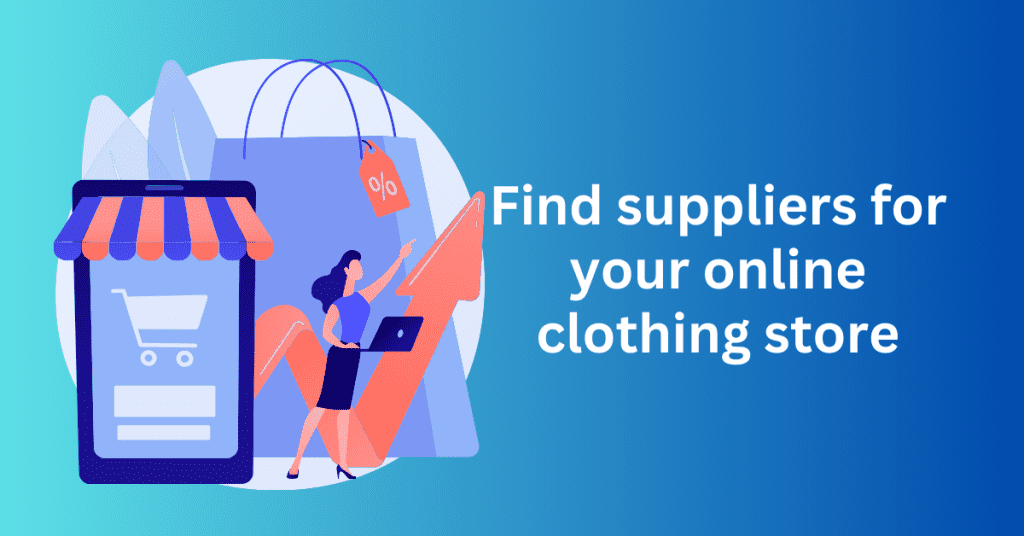
Firstly, research and identify reputable print-on-demand providers that align with your business needs. Platforms like Printify and Printful connect online store owners with a network of print and fulfilment partners. You can sign up for a free account and then, evaluate the range of products, quality of printing, pricing structures, and shipping options offered by these suppliers to ensure they match your specific requirements.
Besides, it is important to always read reviews and seek recommendations from other e-commerce entrepreneurs to gauge the reliability and performance of potential suppliers.
Once you’ve selected a print-on-demand supplier, integrate their services into your online store through the chosen e-commerce platform. Platforms like Shopify, WooCommerce, and others offer seamless integrations with these services, making it easy to design and list customized products on your website. In addition, you may also experiment with sample orders to assess the quality of the printing and the speed of order fulfilment.
As you are going to build a long-term business, maintaining communication with the supplier to address any concerns and ensure a smooth collaboration is important. Additionally, consider diversifying your supplier base to mitigate risks associated with dependence on a single provider.
Building strong relationships with reliable print-on-demand suppliers not only ensures the quality of your products but also enables you to focus on growing your online clothing store without the hassle of managing inventory and fulfilment logistics.
6. Choose an eCommerce platform for your Clothing Store
First and foremost, consider your specific business needs and technical requirements. Evaluate whether you need a platform that is user-friendly, easily customizable, or integrates seamlessly with third-party applications. Popular eCommerce platforms like Shopify, WooCommerce, and BigCommerce offer various features, including inventory management, payment processing, and customizable templates. Assess the scalability of each platform to ensure it can grow with your business, accommodating increased product listings and higher traffic volumes.
Additionally, factor in your budgetary constraints and the associated costs of each eCommerce platform. Different platforms have diverse pricing models, including subscription fees, transaction fees, and additional costs for premium features. Analyze the overall cost structure and choose a platform that aligns with your budget while providing the necessary features for your online clothing store.
Lastly, consider the design and user experience offered by each platform. Opt for a platform that allows for easy customization of your online store’s appearance to align with your brand identity and create a seamless and enjoyable shopping experience for your customers.
If you are selling on a marketplace, you are bound by its rules and restrictions to building your customer experience. However, you will get more traffic from the marketplace when your products rank well in the search results.
On the other hand, if you are building your own eCommerce store, you have full control of the store design and customer journey. But you are going to work on getting traffic to your store.
7. Setup and Design your eCommerce Website
Starting a WooCommerce fashion store involves several key steps to ensure a smooth and successful launch. Here’s a simplified guide in five steps:
Set Up a Domain and Hosting:
Begin by securing a domain name that reflects your fashion store’s brand. Choose a name that is memorable and aligns with your target audience. Next, select a reliable web hosting provider that supports WooCommerce. Platforms like Bluehost, or SiteGround hosting itself are popular choices. You can WordPress, the content management system with a one-click installation and add the eCommerce feature to it via plugin installation.
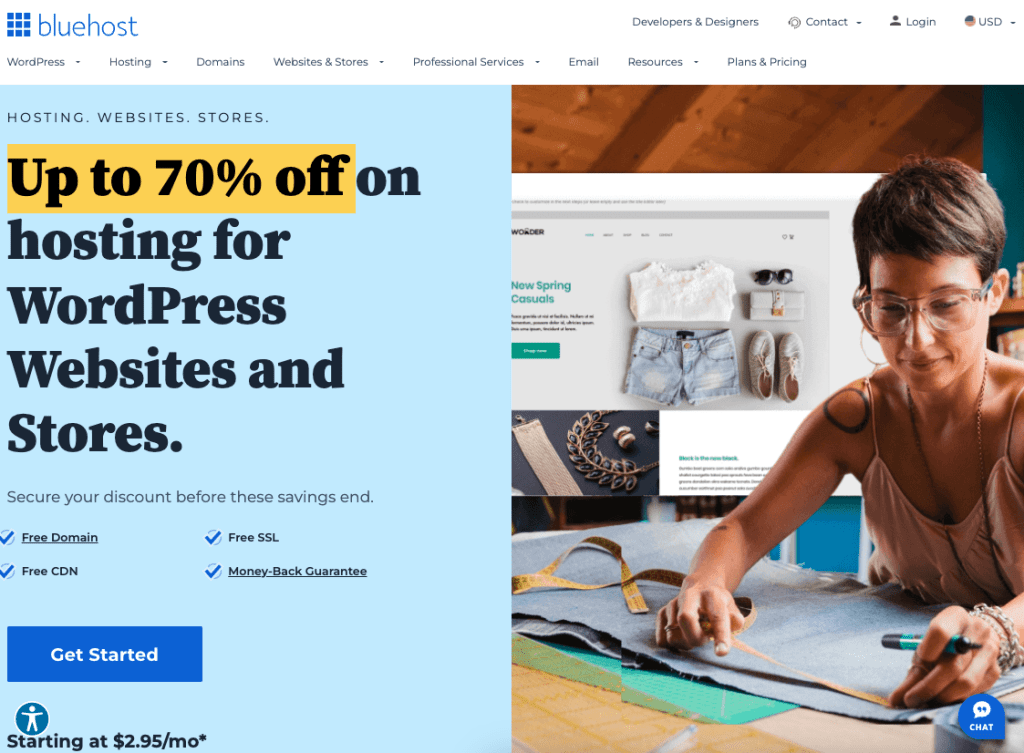
Install and Configure WooCommerce:
Once your WordPress site is set up, then install the WooCommerce plugin. This can be done directly from your WordPress dashboard. Remember to activate the plugin to make it effective. Then, follow the setup wizard to configure essential settings such as currency, shipping options, and payment gateways.
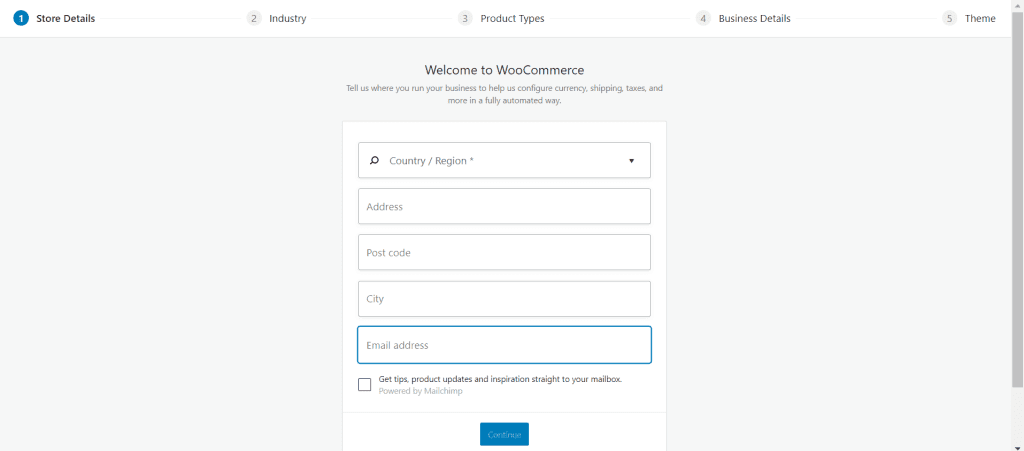
Set up your product pages, categories, and attributes to align with the fashion items you plan to sell. WooCommerce provides an intuitive interface for managing products, orders, and customer information.
Select a WooCommerce-Compatible Theme:
Choose a WooCommerce-compatible theme to enhance the visual appeal of your fashion store. There are various free and premium themes available that cater specifically to online stores. You should look for a theme that aligns with your brand aesthetic, provides a responsive design for mobile users, and offers customization options to tailor the appearance to your liking.
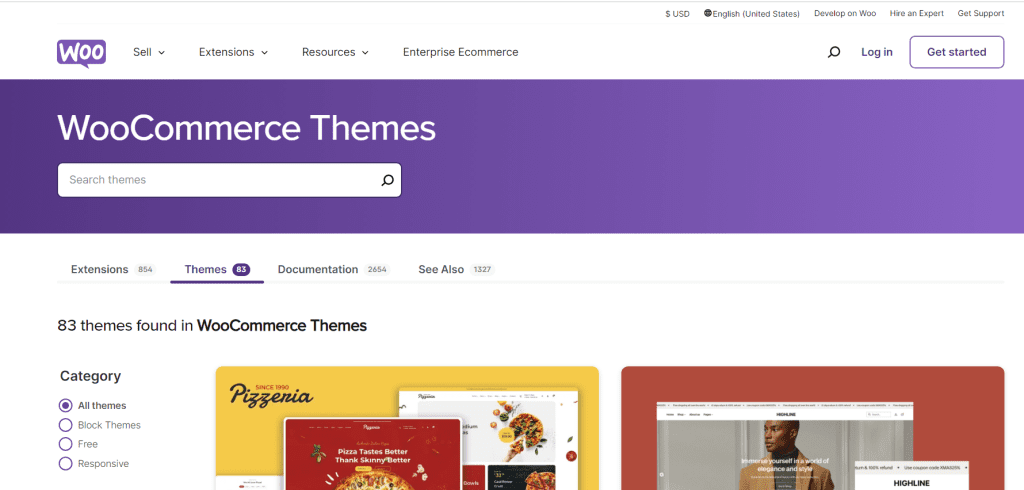
Add Fashion Products and Optimize Content:
Populate your store with fashion products by adding detailed product listings. Include high-quality images, compelling product descriptions, and accurate pricing information. You can leverage WooCommerce’s flexibility to create variable products for items with different sizes, colours, or styles. Optimize your product pages and overall website content for search engines (SEO) to improve visibility on search engine result pages and attract potential customers.
If you are using a print-on-demand business model, you can integrate your print-on-demand printing supplier into your WooCommerce store.
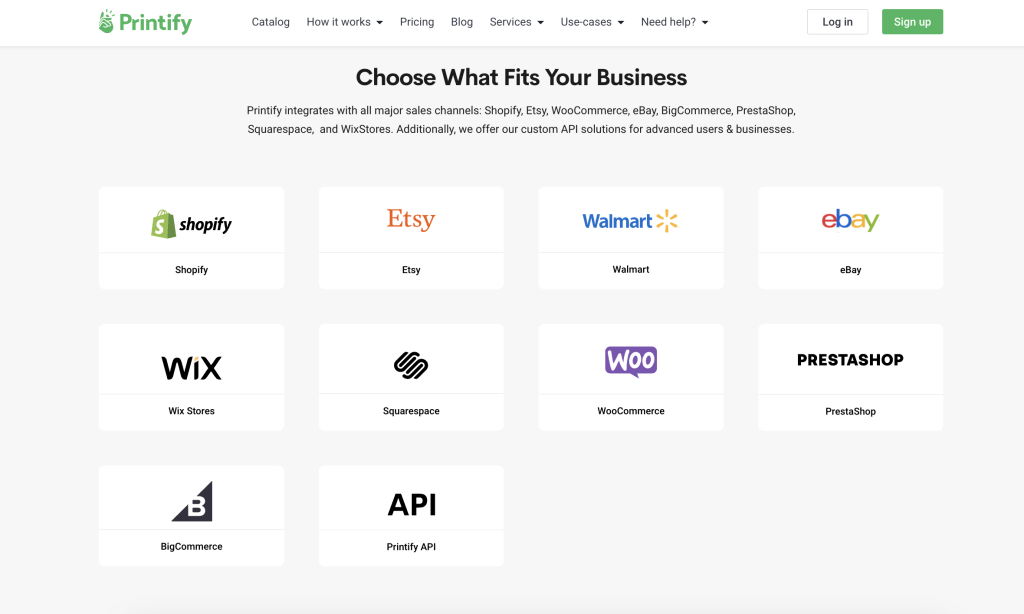
For instance, if you are using Printify, sign up for a free Printify account and install the Printify plugin on your WooCommerce store. This integration allows you to seamlessly connect with Printify’s network of printing partners.
Printify offers a wide range of customizable products such as T-shirts, hoodies, and accessories. Once integrated, you can easily create and sell personalized fashion items without the need to manage inventory or handle the printing process.
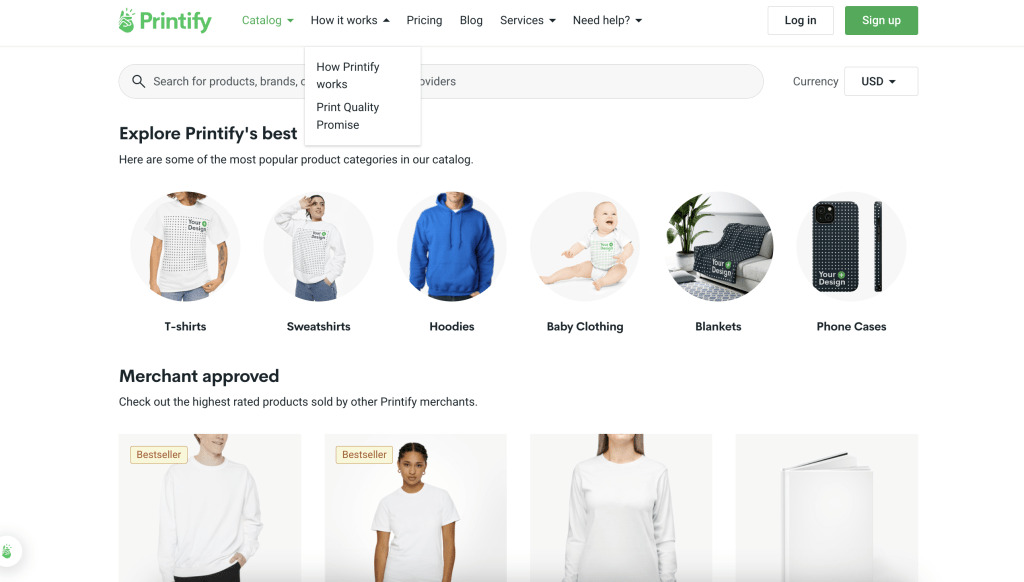
Then, configure your products on Printify, select the desired print provider, and sync them with your WooCommerce store. This step enables you to offer unique, print-on-demand products to your customers, expanding your product catalogue and catering to diverse preferences.
Then, when orders come in, they will be sent to Printify automatically for fulfilment and the order is shipped directly to your customers, providing a hassle-free way to incorporate personalized and customized fashion items into your online store’s offerings.
Sign up for a free Printify Account Now
Set Up Payment and Shipping Options:
Finally, configure secure and convenient payment gateways for your customers. WooCommerce supports various payment options, including credit cards, PayPal, and others. You need to implement a reliable and transparent shipping strategy, setting up shipping zones, rates, and delivery options. Communicate shipping costs and estimated delivery times to enhance the customer shopping experience.
8. Launch and Promote Your eCommerce Store
Now that you have created your eCommerce store, it’s time for a final check before launching it. We have seen most business owners launching their websites without testing them. And due to this, it ends up costing them huge losses.
Due to the payment gateway not being set up properly, hence order cannot be processed. Besides, if the buttons and links are not working, their potential customers are not able to select the product and buy it.
All these can be avoided by having a thorough test before launching your website.
Marketing Strategies for Your Online Clothing Store
Effective marketing strategies are crucial for the success of online fashion stores, given the competitive nature of the industry. Here are several marketing strategies to elevate your online fashion store:
Social Media Marketing:
Leverage the power of social media platforms such as Instagram, Facebook, Pinterest, and TikTok to showcase your fashion products. You can create visually appealing content, including high-quality images, videos, and user-generated content. Besides, you need to engage with your audience through influencers, collaborations, and interactive features. Finally, utilize social media advertising to reach a broader audience and drive traffic to your online store.

In addition, you can implement retargeting strategies to reach users who have previously visited your website but have yet to make a purchase. Utilize retargeting ads on social media platforms and display networks to re-engage these potential customers. You can have custom messages to address specific products or categories they showed interest in during their previous visits.
Content Marketing and Blogging:
Establish your online fashion store as an authoritative source by creating compelling and informative content. You can start a fashion blog on your website to share style guides, trend analyses, and industry insights. Then, optimize your content for search engines (SEO) to improve your store’s visibility in organic search results.
In addition, you can also educate your audience, build trust, and establish your brand as a go-to resource for fashion-related information.
Email Marketing Campaigns:
Email marketing is effective in building and nurturing a loyal customer base. You can implement personalized email campaigns for product launches, promotions, and exclusive offers. Utilize automated email sequences for abandoned cart reminders, customer feedback, and post-purchase follow-ups. Segment your email list based on customer preferences, behaviour, and demographics to tailor your messages effectively.

Influencer Collaborations:
Besides, you can partner with influencers in the fashion and lifestyle niche to increase brand awareness and credibility. You can do this by identifying influencers whose audience aligns with your target market. Then, collaborate on sponsored posts, reviews, and social media takeovers to showcase your products. Influencer marketing can significantly expand your reach and tap into engaged communities.
Search Engine Marketing (SEM):
In addition, you can implement paid advertising campaigns through search engine marketing platforms like Google Ads. Use targeted keywords related to your fashion niche to reach potential customers actively searching for similar products. Then, optimize your ad copy, landing pages, and bidding strategies to maximize the effectiveness of your SEM campaigns. Regularly analyze and refine your campaigns based on performance data.
User-Generated Content (UGC):
Encourage your customers to share their experiences and showcase your products through user-generated content. You can run contests, hashtag campaigns, or feature customer reviews and photos on your website and social media. UGC builds authenticity, fosters a sense of community, and serves as valuable social proof for potential customers.
Flash Sales and Limited-Time Offers:
Finally, you can create a sense of urgency and excitement through flash sales and limited-time offers. Promote exclusive discounts, bundle deals, or time-limited collections to encourage immediate purchases. Effectively communicate the scarcity of these offers to drive impulse buying behaviour.
By combining these diverse marketing strategies, you can create a comprehensive and effective plan to promote your online fashion store, drive traffic, and build a loyal customer base in the competitive online retail landscape.
Final thoughts: How to Start an Online Clothing Store With WordPress
Having followed this step-by-step guide, you are now equipped with the knowledge to start an online clothing store successfully. Recognizing the significance of choosing niche products and establishing brand distinctiveness positions you to navigate the landscape of online retail fashion. This strategic approach allows you to draw in a committed audience and lay the foundation for a thriving online clothing business.
The ultimate success of your venture hinges on the eCommerce platform and hosting environment you opt for. A well-suited hosting plan is paramount, facilitating swift store creation with features such as highly customizable themes, robust product search and filtering capabilities, wish lists, secure online payment options, and the capacity for an extensive product catalogue. For a budget-friendly hosting solution that encompasses these features and more, explore what Bluehost has to offer for your online store hosting needs.




